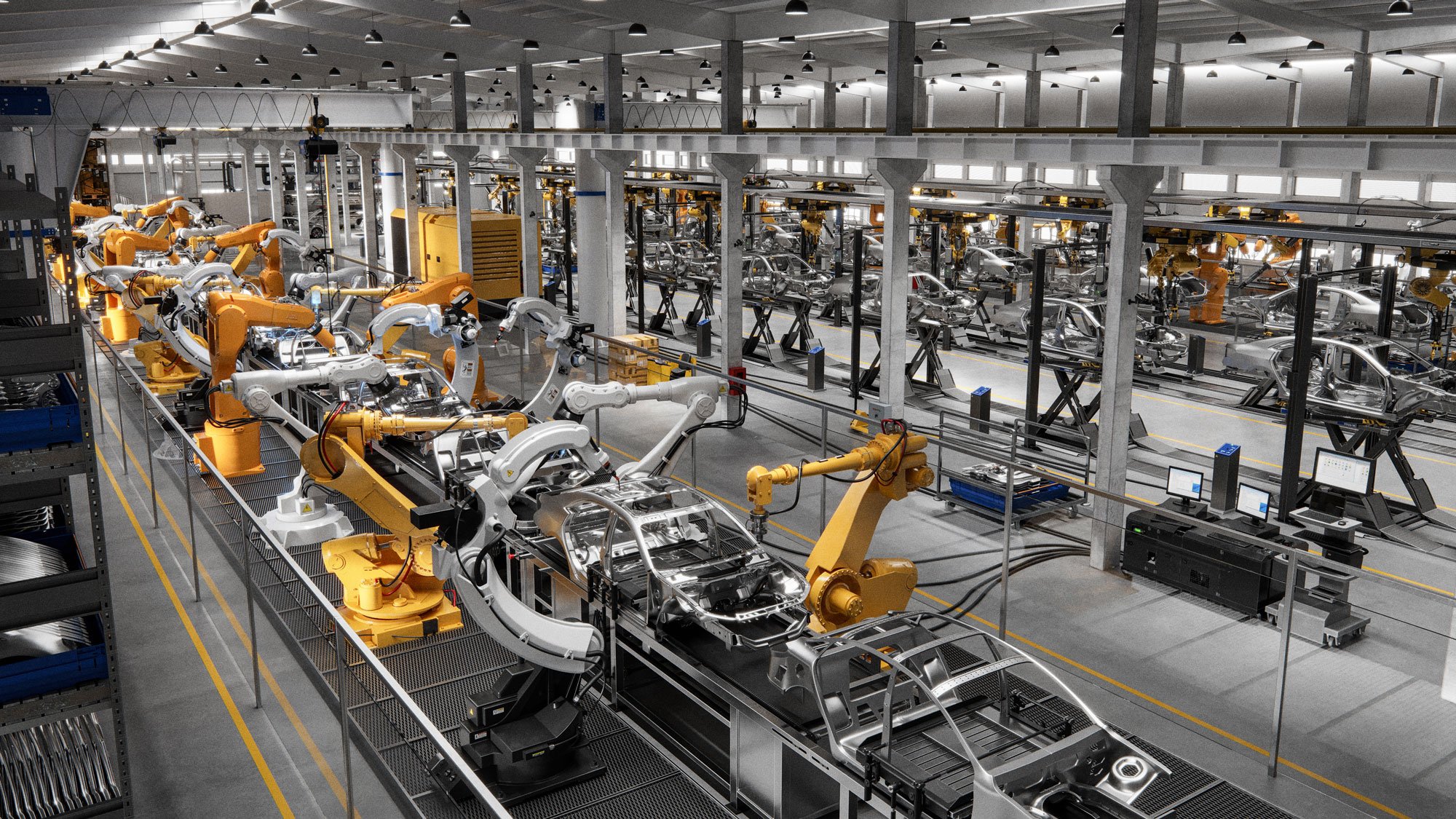Control System Integration Secrets That Separate Efficient Factories from Energy Guzzlers
Factories are at the heart of modern manufacturing, but they can also be major energy consumers. As energy costs rise and sustainability becomes more critical, factories need to find smarter ways to operate. The secret lies in effective control system integration—an approach that enables factories to manage energy more efficiently, reduce waste, and maintain high productivity.
Real-time Monitoring That Stops Wasted Energy Before It Starts
Energy waste in factories often happens without anyone noticing. Without real-time data on how systems are operating, energy inefficiencies can go undetected, leading to unnecessary costs. By implementing real-time monitoring through control system integration, factories can identify issues as they happen and stop them before they spiral out of control.
Monitoring systems provide instant insights into energy consumption, allowing operators to track usage across various processes and equipment. This level of oversight helps pinpoint energy spikes or unusual behavior that might signal problems, such as faulty equipment or inefficient operations. With real-time data, adjustments can be made on the spot to prevent unnecessary energy consumption, ultimately lowering overall energy costs. Moreover, this proactive approach can help spot issues early, saving money on expensive repairs or system replacements down the line.
Automated Adjustments That Optimize Power Use Without Human Intervention
Energy management doesn’t have to be a manual, time-consuming process. Automated systems, part of a well-integrated control system, can adjust operations based on real-time data, optimizing power use without requiring constant human intervention. These automated solutions help factories reduce their carbon footprint while maximizing efficiency.
Automated adjustments are made possible through sophisticated algorithms embedded in the control system. These algorithms continuously analyze data from machines, sensors, and other systems in the factory to make real-time decisions on how to best allocate energy resources. For example, when equipment doesn’t need to run at full capacity, the system automatically reduces power consumption, saving both energy and costs.
Smart Sensors That Detect Inefficiencies Hiding in Plain Sight
Factories often deal with hidden inefficiencies that go unnoticed until they become costly problems. This is where smart sensors play a vital role. By using advanced sensors that are part of a control system integration strategy, factories can detect inefficiencies that may otherwise be invisible. These sensors are capable of identifying small discrepancies in temperature, pressure, or power usage that can lead to larger issues if left unchecked.
Smart sensors can be strategically placed throughout the factory to track a variety of parameters. For instance, temperature sensors can detect areas where heat is being lost, and pressure sensors can identify energy losses in compressed air systems. By providing real-time data on operational anomalies, smart sensors give operators the tools they need to address issues before they turn into expensive problems.
Data-driven Decision-making That Eliminates Guesswork in Energy Management
In the past, energy management was often based on guesswork, intuition, or trial-and-error methods. This approach leads to missed opportunities for optimization and can result in unnecessary energy consumption. With control system integration, data-driven decision-making replaces these outdated practices, giving factories the precise information they need to make informed choices about energy use.
Data-driven decision-making relies on a wealth of information collected through monitoring, sensors, and automated systems. This data can then be analyzed to identify trends, patterns, and potential energy savings. For example, operators can track how different shifts or production schedules affect energy use and adjust accordingly. Additionally, predictive analytics can forecast energy demand and help optimize energy usage during peak and off-peak times.
Scalable Control Systems That Grow with Your Factory Without Costly Upgrades
As factories grow, so do their energy needs. However, scaling energy management systems doesn’t have to involve expensive upgrades or complete overhauls. Scalable control system integration allows factories to expand their systems incrementally, ensuring that energy management evolves with the business without incurring unnecessary costs.
A scalable control system is designed to adapt to the changing needs of a factory. Whether the factory adds new machinery, increases production capacity, or expands to new locations, the control system can be updated or expanded to accommodate these changes. The flexibility of a scalable system means that there’s no need for costly, disruptive upgrades every time the factory grows. Instead, energy management becomes a seamless part of the factory’s expansion, ensuring that the system remains efficient and effective even as operations evolve.
Predictive Maintenance That Prevents Breakdowns and Keeps Systems Running Efficiently
Factory equipment is subject to wear and tear, but downtime due to unexpected breakdowns can be both costly and disruptive. Predictive maintenance, powered by advanced control system integration, allows factories to monitor equipment health in real-time and address potential issues before they cause serious problems. This proactive approach minimizes downtime and keeps systems running efficiently, saving money on both repairs and lost productivity.
By using sensors and data analytics, predictive maintenance identifies patterns that indicate when equipment is likely to fail. For example, an increase in vibration or temperature in a motor could signal that it’s about to break down. With this information, maintenance teams can schedule repairs at a convenient time, avoiding costly emergency fixes. Predictive maintenance not only helps prevent breakdowns but also extends the lifespan of equipment, ensuring that the factory’s systems continue to operate at peak efficiency for years to come.





